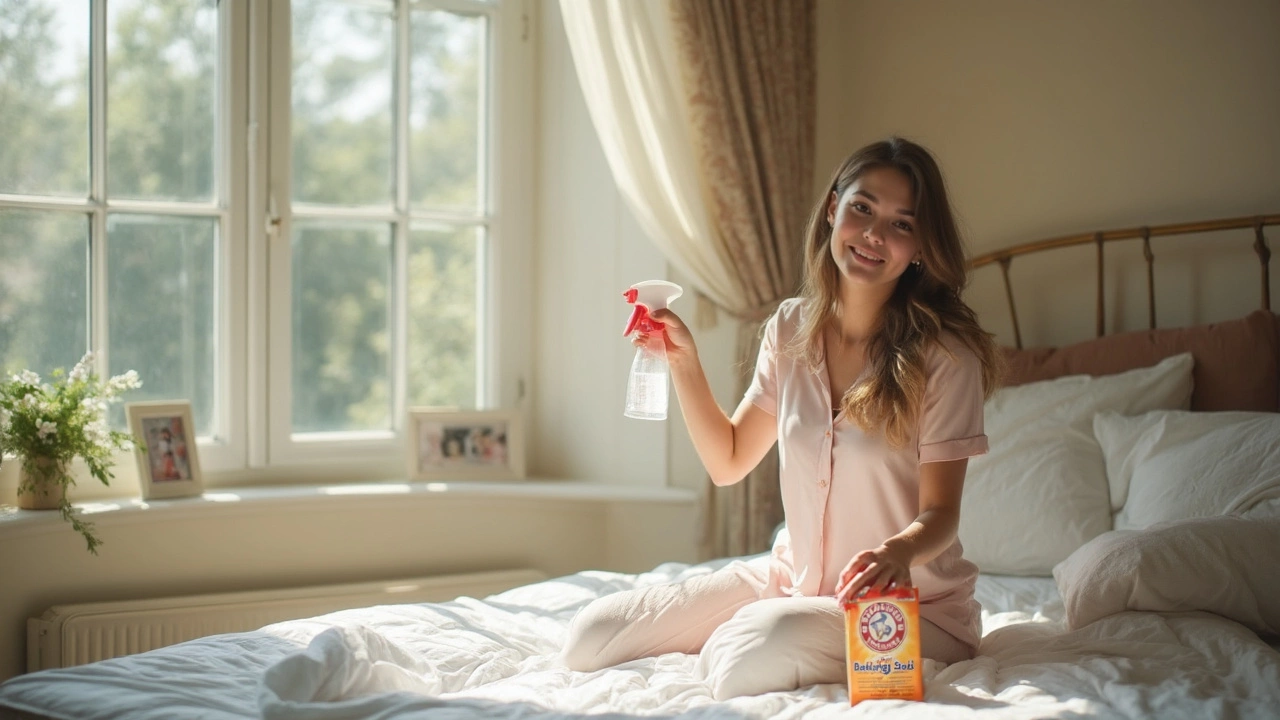DIY Mattress Cleaning: Simple Steps for a Fresh, Healthy Bed
We all know that a good night’s sleep starts with a clean mattress, but many think professional cleaning is the only way. Not true. With a few everyday items you probably already have, you can tackle stains, odors, and dust mites yourself. This guide shows exactly what to use, how to apply it, and when to call in the pros.
What You Need Before You Start
Gather these basics: a vacuum with an upholstery attachment, baking soda, white vinegar, hydrogen peroxide (3%), a few drops of essential oil (optional), spray bottles, and clean white cloths. If you’re dealing with pet urine, add an enzymatic cleaner for extra power. All of these cost less than a cup of coffee and are safe for most mattress fabrics.
Step‑by‑Step Cleaning Process
1. Vacuum the surface. Remove dust, hair, and loose debris by running the upholstery head slowly over the whole mattress. Pay extra attention to seams and crevices where dust mites love to hide.
2. Deodorize with baking soda. Sprinkle a thin, even layer of baking soda over the entire surface. Let it sit for at least 30 minutes—longer if the smell is strong. The soda absorbs moisture and neutralizes odors.
3. Vacuum again. Once the baking soda has done its job, vacuum it up. You’ll notice the mattress already smells fresher.
4. Spot‑treat stains. Mix equal parts white vinegar and water in a spray bottle. For tough protein‑based stains (blood, sweat), add a splash of hydrogen peroxide. Spray the solution onto the stain—don’t soak the mattress. Blot with a clean cloth; avoid rubbing, which can spread the stain.
5. Use an enzymatic cleaner for urine. If you have pet or baby urine, spray the enzymatic cleaner directly on the wet spot. These cleaners break down the urine molecules, eliminating both the smell and the stain. Follow the product’s instructions for dwell time, then blot dry.
6. Let it dry completely. Good airflow is key. Open windows, run a fan, or place the mattress in a well‑ventilated room. Give it at least 4–6 hours; overnight is ideal.
7. Add a fresh scent (optional). Mix a few drops of lavender or eucalyptus oil with water and lightly mist the surface. This adds a pleasant aroma without masking odors—true freshening, not just covering up.
Doing this routine once every three months keeps the mattress breathable and extends its life. If you notice persistent smells or deep stains after a few attempts, it might be time for a professional deep‑clean or even a replacement.
Quick FAQ:
- Can I use a steam cleaner? Only on mattresses that list “steam safe” in their care guide. Too much heat can damage foam.
- Is bleach safe? No. Bleach can break down mattress fibers and leave toxic residues.
- How often should I flip or rotate the mattress? Every 3–6 months helps even wear and reduces the need for heavy cleaning.
With these easy steps, you’ll keep your mattress clean, odor‑free, and comfortable without splurging on expensive services. A fresh mattress means better sleep, and better sleep means a healthier you.

Can I Clean a Mattress Myself? Simple Steps for a Fresher Bed
Wondering if you can clean your mattress yourself? The answer is yes, and it’s easier than you think. This article breaks down practical mattress cleaning steps using common household items. You’ll learn what actually works (and what doesn’t) for stains, odors, and dust mites. Say goodbye to mystery smells and those stubborn marks—your mattress will feel like new again.
Read More